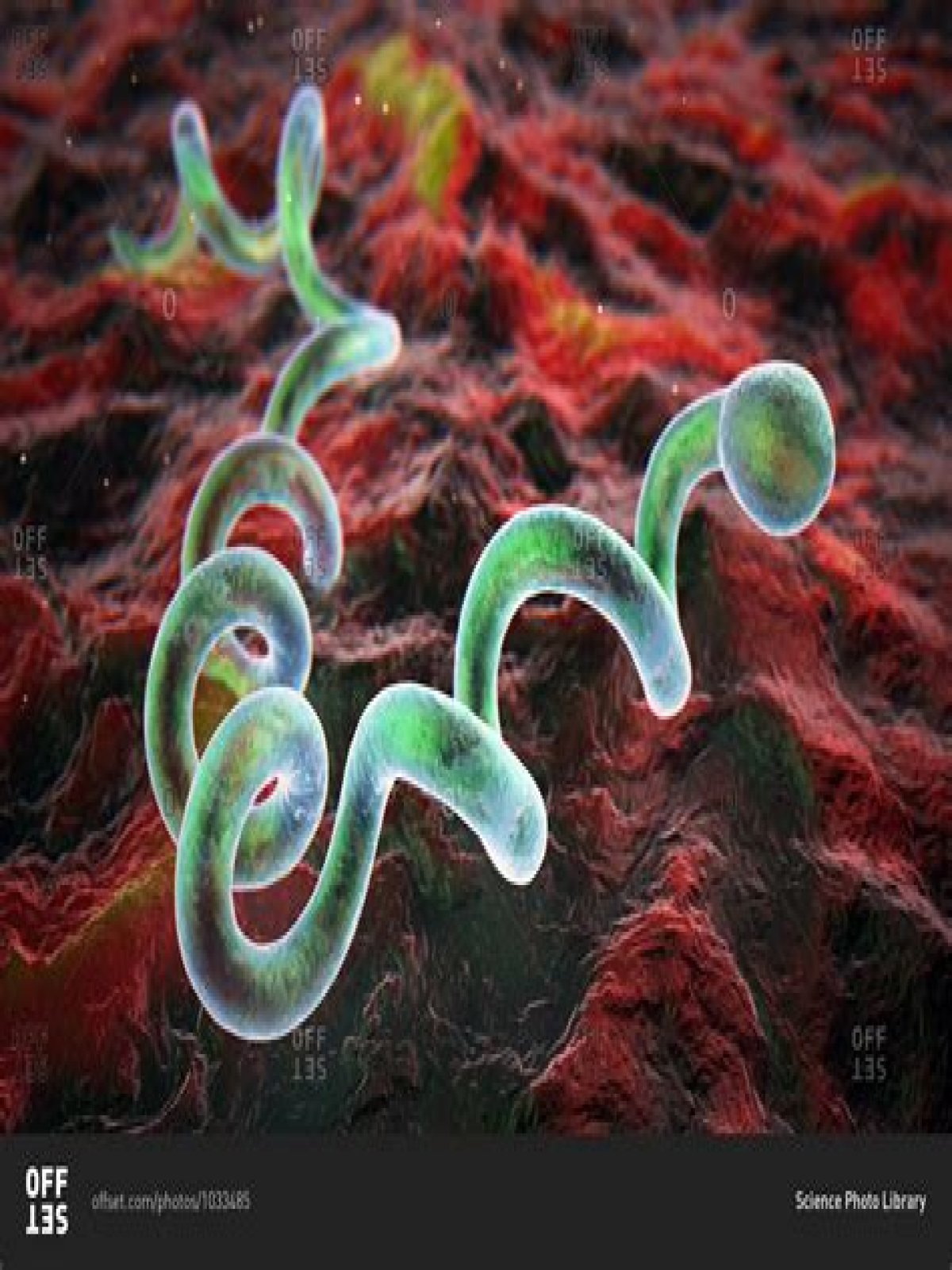In this regard, what type of bacteria is Treponema pallidum?
Treponema pallidum is a spirochaete bacterium with various subspecies that cause the diseases syphilis, bejel, and yaws. It is transmitted only amongst humans. It is a helically coiled microorganism usually 6–15 μm long and 0.1–0.2 μm wide.
Beside above, is Syphilis Gram positive or negative? Treponema pallidum (Syphilis) Treponema pallidum can be considered a gram-negative bacterium although its cell envelope differs from other gram-negative bacteria.
Accordingly, what type of bacteria is syphilis?
Syphilis. Syphilis is a sexually transmitted infection caused by the bacterium Treponema pallidum subspecies pallidum.
What syphilis looks like?
This stage usually starts with a rash on one or more areas of your body. The rash can show up when your primary sore is healing or several weeks after the sore has healed. The rash can look like rough, red, or reddish brown spots on the palms of your hands and/or the bottoms of your feet.
What is the first sign of syphilis?
Is syphilis a bacteria?
Where is Treponema pallidum found in the body?
How long can syphilis live outside the body?
How does Treponema pallidum enter the body?
How do you test for syphilis?
- Venereal disease research laboratory (VDRL) test. The VDRL test checks blood or spinal fluid for an antibody that can be produced in people who have syphilis.
- Rapid plasma reagin (RPR) test. The RPR test also finds syphilis antibodies.
- Rapid immunochromatographic test.
